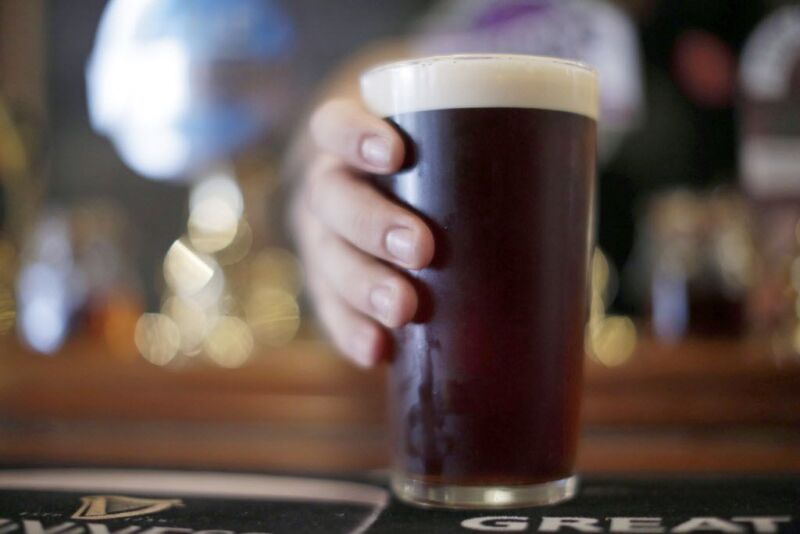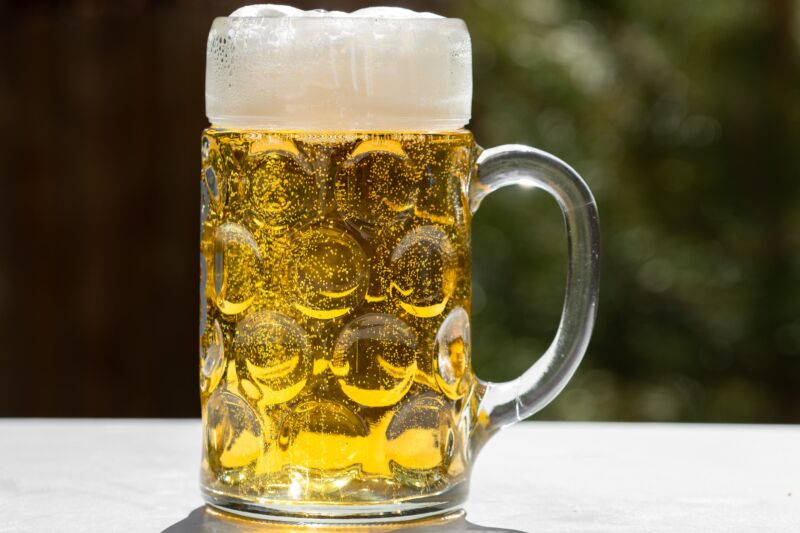How Much Salt (Sodium) Is In Beer?
When it comes to our dietary choices, we often focus on the salt content in our food. We diligently read nutrition labels and try to make informed decisions about our sodium intake. However, one area that often gets overlooked is the salt content in our beverages, particularly beer. Understanding how much salt is in beer is important for several reasons.
Not only can excessive sodium intake have negative health effects, but it can also be a concern for individuals who regularly enjoy a cold brew. In this blog post, we will explore the effects of high sodium intake, discuss sodium intake recommendations, provide tips for choosing low-sodium beers, and offer alternative beverage options for those looking to reduce their sodium intake.
By shedding light on this often overlooked aspect of beer consumption, we hope to empower individuals to make informed choices about their sodium intake and prioritize their health without sacrificing their love for beer.
Average Sodium Content in Beer
When it comes to the sodium content in beer, the average amount typically falls within the range of 10-20 mg per 12-ounce serving. This means that for every can or bottle of beer you enjoy, you’re consuming a relatively small amount of sodium.
Now, you might be wondering how significant this amount is in relation to your daily sodium intake. Well, the recommended daily sodium intake for adults is around 2,300 mg, with an ideal limit of 1,500 mg for those with high blood pressure or other health conditions. Considering this, the sodium content in beer is relatively low and shouldn’t be a major concern for most people.
Variation in Sodium Content

It’s important to note that the amount of sodium in beer can vary depending on several factors. One of the main factors is the type of beer itself. Different beer styles may have different sodium levels due to variations in ingredients and brewing processes.
Additionally, the brewing process itself can also impact the sodium content. Some breweries may choose to add salt during the brewing process, which can increase the sodium levels in the final product. On the other hand, breweries that prioritize a lower sodium content may opt to minimize or eliminate the use of salt altogether.
Examples of Sodium Content in Popular Brands
To give you a better idea of the sodium content in popular beer brands, let’s take a look at a few examples. Please keep in mind that these values are approximate and may vary slightly depending on the specific batch or production process.
- Budweiser: 20 mg per 12-ounce serving
- Bud Light: 10 mg per 12-ounce serving
- Miller Genuine Draft: 7 mg per 12-ounce serving
- Miller High Life: 7 mg per 12-ounce serving
- Coors: 12 mg per 12-ounce serving
- Coors Light: 13 mg per 12-ounce serving
- Heineken: 8 mg per 12-ounce serving
While there are some differences in sodium content among these popular brands, it’s important to note that they all fall within the same general range. So, whether you prefer Budweiser, Miller, or Coors, you can rest assured that you’re not consuming excessive amounts of sodium with each sip.
Effects of High Sodium Intake

When it comes to our health, it’s important to be mindful of our sodium intake. Consuming too much sodium can have negative effects on our bodies, including an increased risk of high blood pressure, heart disease, and stroke. While many people are aware of the sodium content in foods, they may not realize that excessive sodium intake can also be a concern for individuals who regularly consume beer.
Excessive sodium intake can be particularly problematic for beer drinkers because beer itself can contain a significant amount of sodium. This is especially true for certain beer styles that are known to have higher sodium content. It’s important for beer enthusiasts to be aware of this and take steps to manage their sodium intake.
Sodium Intake Recommendations
The American Heart Association recommends that adults limit their daily sodium intake to no more than 2,300 milligrams (mg). For individuals with high blood pressure or other health conditions, the recommendation is even lower, at 1,500 mg per day. It’s worth noting that a single 12-ounce can of beer can contain anywhere from 10 to 20 mg of sodium, depending on the brand and style.
When considering the impact of beer consumption on overall sodium intake, it’s important to keep in mind that sodium is present in many other foods and beverages as well. Processed foods, canned soups, and even condiments like ketchup and soy sauce can contribute to our daily sodium intake. Therefore, it’s crucial to be mindful of the sodium content in beer and make informed choices.
Choosing Low-Sodium Beers

For individuals looking to reduce their sodium intake while still enjoying a cold beer, there are a few tips to keep in mind. Opting for lighter beer styles, such as pilsners or light lagers, can be a good choice as they tend to have lower sodium content compared to heavier, more flavorful beers. Additionally, some breweries now offer beers that are specifically labeled as low-sodium, making it easier for consumers to make a conscious choice.
When selecting a beer, it’s important to check the nutrition facts label to see how much sodium it contains. This information can usually be found on the packaging or the brewery’s website. By being aware of the sodium content, individuals can make more informed decisions about which beers to consume and how much.
Limiting Beer Consumption
While enjoying a beer can be a pleasurable experience, it’s important to remember that moderation is key. Limiting beer consumption can not only help manage sodium intake but also contribute to overall health and well-being. It’s recommended that men consume no more than two alcoholic beverages per day, while women should limit their intake to one drink per day.
For individuals looking to reduce their sodium intake, there are alternative beverage options to consider. Choosing water, herbal tea, or flavored sparkling water can provide a refreshing and low-sodium alternative to beer. These options can still be enjoyed in social settings and provide a satisfying beverage choice without the added sodium.






